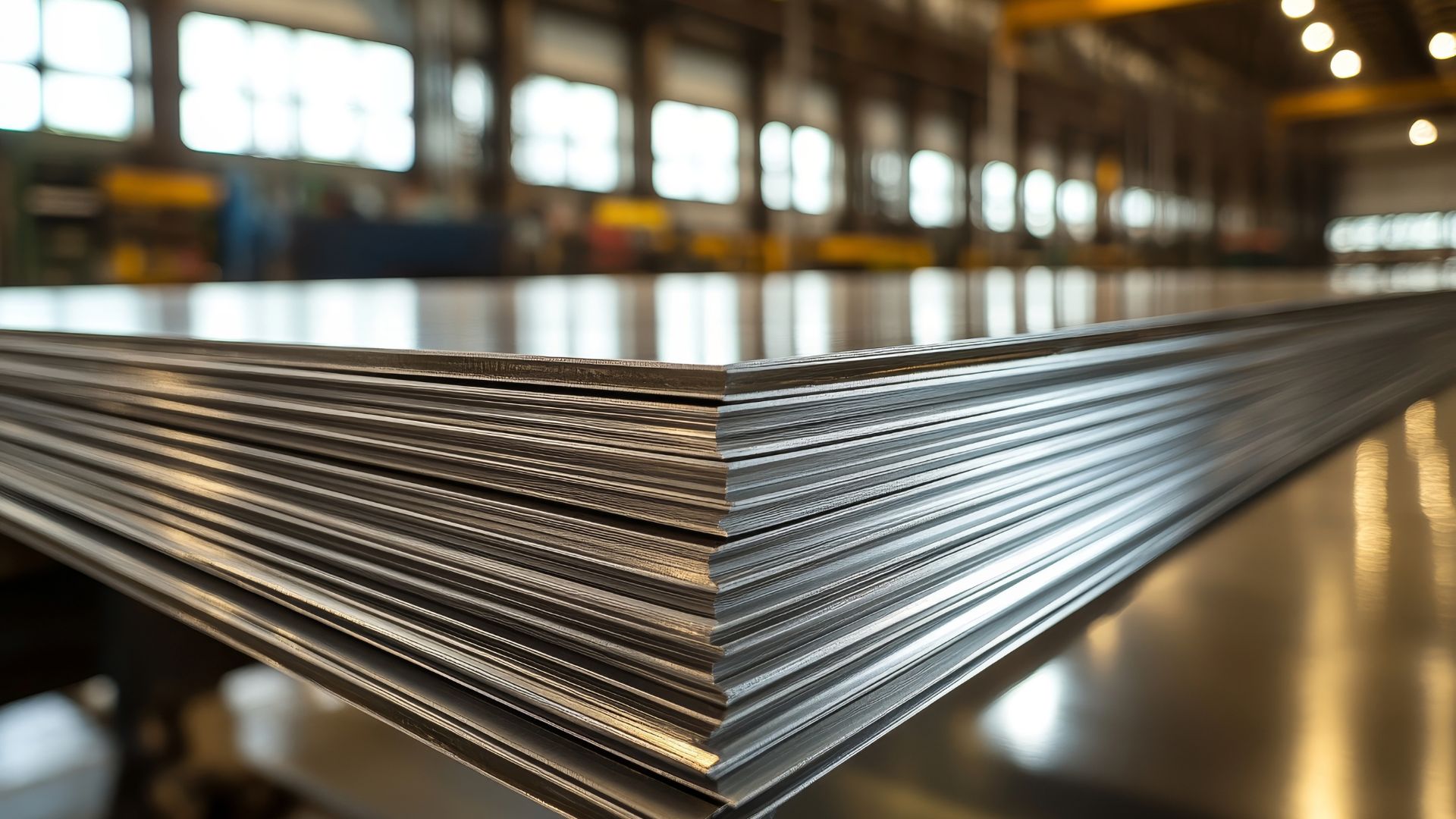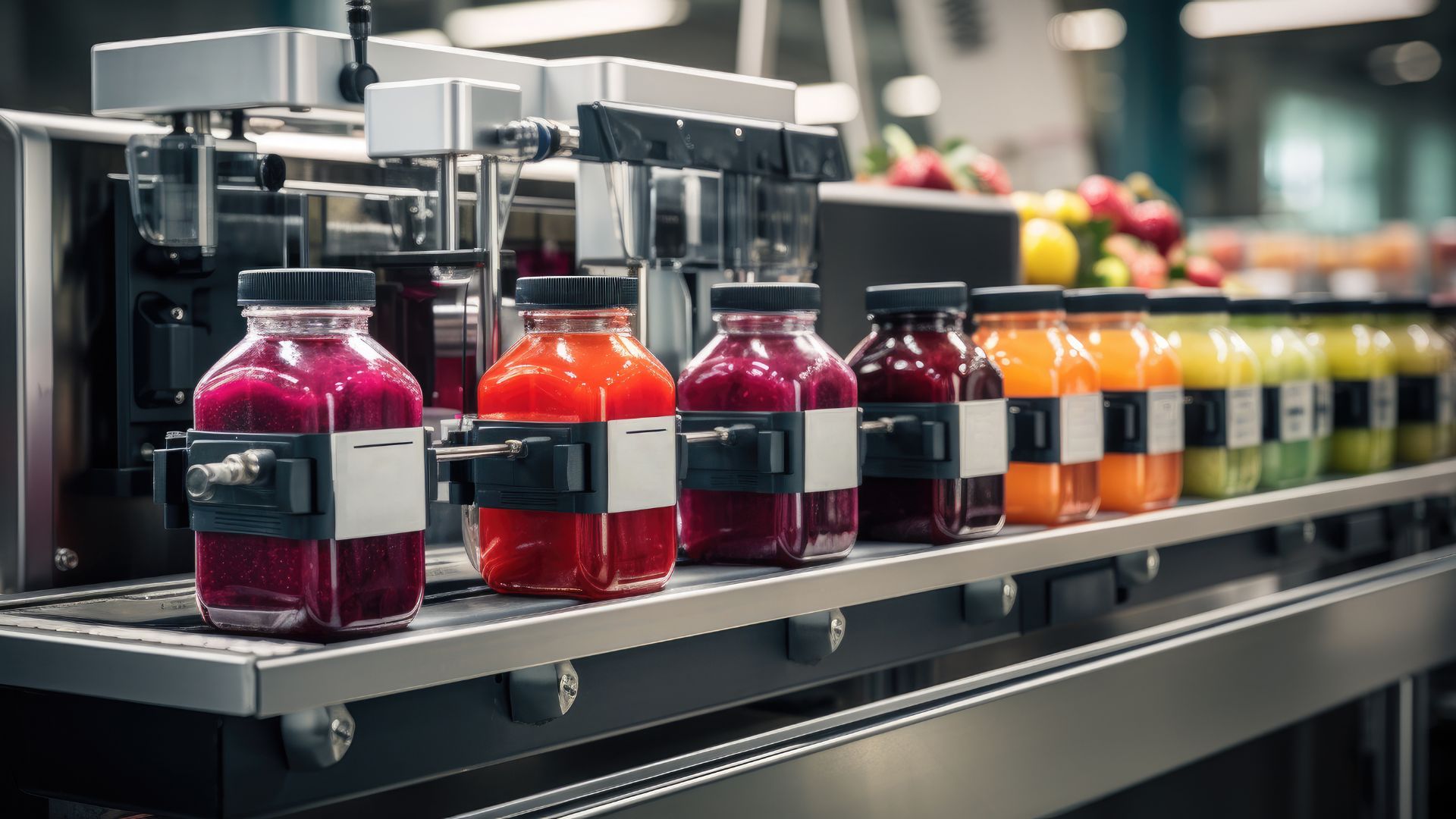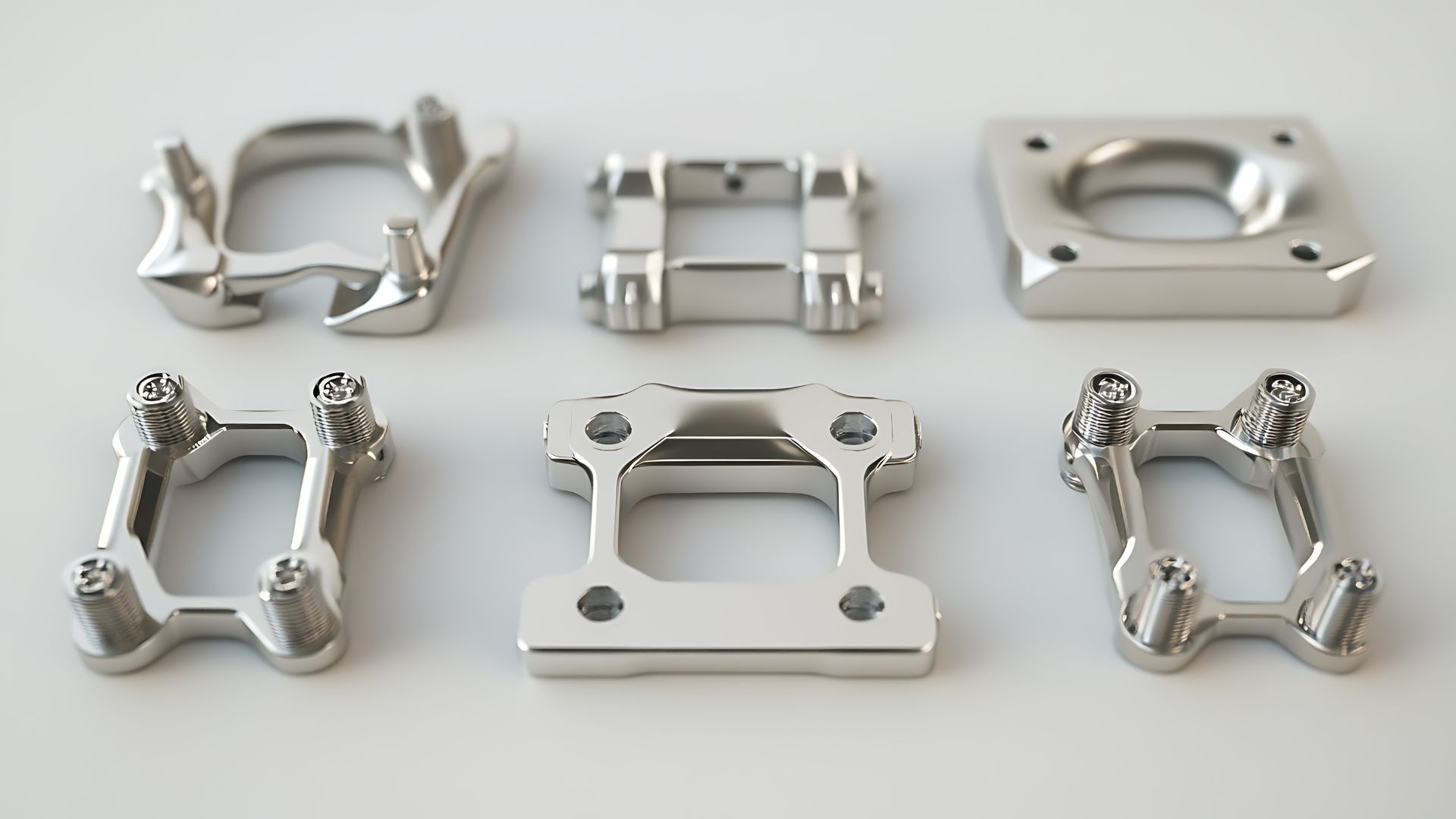Corrosion-resistant stainless steel represents one of the most critical material choices you’ll make when designing systems exposed to harsh conditions.
If you’re responsible for specifying materials for industrial equipment, marine applications, or chemical processing facilities, you’ve likely experienced the frustration and significant costs associated with premature equipment failure due to corrosion. Replacing corroded components not only drains your maintenance budget but also creates dangerous operating conditions and costly production downtime that impacts your bottom line.
Understanding Corrosion Resistance in Stainless Steel
Corrosion-resistant stainless steel provides exceptional protection through a natural phenomenon known as passivation. When chromium (a key component in all stainless alloys) is exposed to oxygen, it forms an incredibly thin, transparent chromium oxide layer on the surface. This passive layer, though only a few atoms thick, creates a remarkable barrier that prevents oxygen and moisture from reaching the underlying metal. As the chromium content increases, the protective layer becomes stronger.
Unlike conventional carbon steel that continues to oxidize until failure, corrosion-resistant alloys can self-heal their protective layer when damaged. If the passive layer is scratched or abraded, chromium in the exposed metal immediately reacts with oxygen to reform the protective oxide film, maintaining the material’s integrity even after surface damage.
You Might Like: Florida’s Climate Demands Superior Corrugated Metal Solutions That Are Built to Withstand the Sunshine State
Types of Stainless Steel for Different Corrosive Environments
Selecting the right corrosion-resistant stainless steel requires understanding the specific environmental challenges:
- Austenitic stainless steels (300 series): These chromium-nickel alloys offer excellent general corrosion resistance and are widely used in the chemical processing, food production, and pharmaceutical manufacturing industries. Their non-magnetic properties and exceptional formability make them suitable for a wide range of applications.
- Ferritic stainless steels (400 series): These chromium-iron alloys provide good corrosion resistance at a lower cost than austenitic grades. They’re magnetic and offer better resistance to stress corrosion cracking, making them suitable for automotive components and household appliances exposed to mild corrosives.
- Duplex stainless steels: Combining the properties of both austenitic and ferritic structures, these high-performance alloys deliver superior strength and exceptional resistance to chloride-induced stress corrosion cracking. Their increased durability makes them ideal for marine applications, desalination plants, and chemical processing equipment.
- Precipitation-hardening stainless steels: These specialized alloys combine high strength with good corrosion resistance. They’re particularly valuable in aerospace applications where both properties are essential.
According to the Nickel Institute, properly selected stainless steel can remain in service for over 100 years in the right environment, offering exceptional lifecycle value despite higher initial costs compared to carbon steel.
Key Advantages of Corrosion-Resistant Stainless Steel
When evaluating materials for challenging conditions, corrosion-resistant stainless steel offers numerous benefits:
- Long-term cost efficiency: Although initial material costs exceed those of carbon steel, Inox metals significantly reduce maintenance requirements, replacement frequency, and associated downtime costs. The total lifecycle expense often proves significantly lower when accounting for all factors.
- Temperature resistance: Corrosion-resistant alloys retain their strength and resist corrosion even under extreme temperature variations, from cryogenic applications to high-heat environments exceeding 1000°F in some grades.
- Hygienic properties: The non-porous, easily cleanable surface of corrosion-resistant stainless steel makes it ideal for food processing, pharmaceutical manufacturing, and medical equipment, where preventing bacterial growth and contamination is crucial.
- Aesthetic durability: The lustrous appearance of chromium-rich alloys remains unchanged for decades in most environments, eliminating the need for painting or other surface treatments while maintaining a professional, clean appearance.
- Sustainability benefits: 300 series metals contain an average of 60% recycled content and are 100% recyclable at end of life, reducing environmental impact while conserving valuable resources.
The Specialty Steel Industry of North America reports that stainless steel applications typically require minimal maintenance for 30+ years, making them particularly valuable in difficult-to-access locations or critical infrastructure where reliability is paramount.
Related: The Advantages of Weathering Steel for Coastal Projects: Durability Meets Design
Common Corrosive Environments and Stainless Steel Solutions
Corrosion-resistant stainless steel proves its value across numerous challenging conditions:
- Marine environments: Constant exposure to saltwater creates one of the most aggressively corrosive scenarios for metals. Grade 316 stainless steel, with its molybdenum content, provides exceptional resistance to chloride attack and is widely used in shipbuilding, offshore platforms, and waterfront structures.
- Chemical processing: Industrial chemicals create extreme corrosion challenges that can quickly destroy inadequate materials. High-performance austenitic alloys, such as 904L and 254SMO, offer enhanced resistance to sulfuric, phosphoric, and other aggressive acids.
- Food and beverage production: Acids, salts, and cleaning chemicals in food processing create corrosion risks while demanding absolute cleanliness. 304 and 316 grades provide the necessary corrosion resistance while meeting stringent hygiene requirements.
- Architectural applications: Outdoor structures exposed to pollution, saltwater spray, and extreme weather conditions benefit from the durability of corrosion-resistant stainless steel. 316 is commonly specified for coastal buildings, while 304 is typically used for inland structures.
- Medical facilities: The combination of cleaning chemicals, bodily fluids, and sterility requirements makes passivated metals the optimal choice for medical equipment, surgical instruments, and components in healthcare facilities.
Selecting the Best Stainless Steel for Your Application
Choosing the appropriate corrosion-resistant stainless steel involves careful consideration of several factors:
- Environmental assessment: Analyze the specific corrosive agents present, their concentration, temperature, and whether exposure is continuous or intermittent. More aggressive environments generally require higher-performance alloys.
- Mechanical requirements: Consider the strength, hardness, and flexibility needed alongside corrosion resistance. Some highly corrosion-resistant grades may offer lower strength, so a balance must be struck in your selection.
- Temperature conditions: Evaluate both the operating and possible extreme temperatures the material will experience, as corrosion resistance can change significantly with temperature.
- Surface finish importance: Determine whether the finish is primarily functional or also aesthetic. Smoother finishes generally provide better corrosion resistance by eliminating microscopic areas where corrosion can initiate.
- Budget considerations: Balance material costs with expected service life and maintenance requirements to determine the most cost-effective solution over the component’s entire lifecycle.
Real-World Applications of Stainless Steel in Corrosive Environments
Wastewater Treatment Facility
A municipal water treatment plant faced severe corrosion issues with its carbon steel components exposed to chlorides and various chemicals. By upgrading to duplex corrosion-resistant stainless steel in their pumping systems, valves, and structural supports, they eliminated the need for biannual equipment replacements and reduced annual maintenance costs. The higher initial investment paid for itself in under three years through reduced downtime and maintenance costs.
Coastal Architectural Project
A luxury waterfront development required structural and decorative elements that could withstand constant salt spray and hurricane conditions. By selecting 316L corrosion-resistant stainless steel in all exterior applications, the developers created a stunning visual aesthetic while ensuring minimal maintenance requirements over the building’s lifetime. Ten years after construction, the corrosion-resistant alloys maintain their original appearance with only routine cleaning.
Food Processing Equipment
A fruit juice manufacturer struggled with the rapid deterioration of processing equipment due to the acidic environment. After switching to specialized corrosion-resistant stainless steel in their production line, they extended equipment life from 2-3 years to over 15 years while eliminating potential contamination concerns. This upgrade significantly improved production reliability while enhancing product safety and quality.
Maintaining Stainless Steel in Corrosive Environments
Even with its inherent corrosion resistance, proper maintenance maximizes the performance of corrosion-resistant stainless steel:
- Regular cleaning: Remove accumulated deposits, especially chlorides, that might compromise the passive layer. For exterior applications, rainfall often provides natural cleaning, but sheltered areas require manual cleaning.
- Avoid carbon steel contamination: Prevent contact with carbon steel particles (from tools, grinding, or nearby welding) that can embed in the stainless surface and create rust spots, which may appear to be failures of the stainless itself.
- Choose compatible fasteners: Choose stainless fasteners with corrosion resistance equal to or greater than the base material to avoid galvanic corrosion and fastener failure.
- Inspect welded areas: Pay particular attention to welds, which can have reduced corrosion resistance if improperly performed. Proper post-weld treatment restores complete corrosion protection.
- Consider periodic passivation: For critical applications, chemical passivation treatments can restore and enhance the natural protective oxide layer, especially after fabrication processes that might have compromised it.
Why Choose Spirit Metals for Your Stainless Steel Needs
At Spirit Metals, we recognize the crucial importance of selecting the appropriate corrosion-resistant stainless steel for your specific application. We have a vast supply of stainless steel grades and forms that can be tailored to meet your exact requirements. When you partner with Spirit Metals for your corrosion-resistant alloy needs, you benefit from:
- Material expertise: Our team brings extensive knowledge of how different stainless grades perform across various corrosive conditions, helping you select the optimal material for your specific environment.
- Quality assurance: All our stainless steel products meet or exceed ASTM standards.
- Fabrication capabilities: In addition to supplying stock materials, we offer custom cutting, forming, and finishing services that save you time and streamline your procurement process.
- Comprehensive inventory: Our extensive stock of austenitic metals includes common and specialty grades in various forms—sheet, plate, bar, tube, pipe, and structural shapes—allowing single-source procurement for complex projects.
- Strategically located: From our strategic location, we efficiently supply corrosion-resistant stainless steel to customers throughout Central Florida, including the eastern coastal regions from Jacksonville southward and the western coast from Brooksville to Fort Myers.
Conclusion
Corrosion-resistant stainless steel represents an investment in reliability, safety, and long-term operational efficiency. While the initial cost exceeds that of carbon steel, the exceptional durability, minimal maintenance requirements, and impressive service life make it the economically sound choice for challenging conditions. From coastal structures to chemical processing equipment, the unique properties of these corrosion-resistant alloys deliver performance that conventional materials cannot match.
When your project demands materials that will withstand the most challenging corrosive conditions, turn to Spirit Metals for quality stainless steel products, competitive pricing, and knowledgeable support. Our commitment to serving Florida’s construction and industrial sectors means you can count on us to provide the right materials for your specific application, delivered when and where you need them.
Contact Spirit Metals today to discuss how our selection of corrosion-resistant stainless steel can enhance the durability, safety, and cost-effectiveness of your next project.


